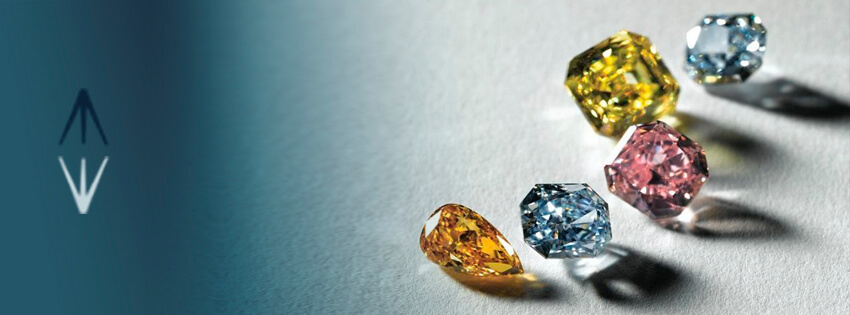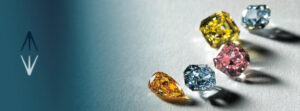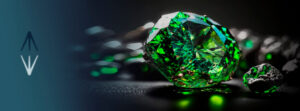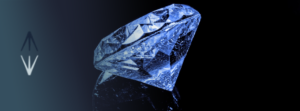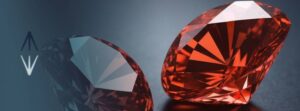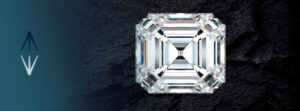Color is one of the most important factors when evaluating a diamond. Unlike fancy colored diamonds, where intense colors are desired, in colorless diamonds, the absence of color is the most valuable. In this post, we will explore the diamond color chart, how it is classified, and what it means for a diamond’s value.
What is the Diamond Color Chart?
The diamond color chart is a scale that measures the amount of color present in a colorless diamond. This scale was developed by the Gemological Institute of America (GIA) and is universally used in the industry to grade diamonds from the letter D (colorless) to Z (noticeable color).
Color Grading on the GIA Scale
The GIA scale grades diamonds in the following categories:
- D (Colorless): Completely colorless diamonds, extremely rare and valuable.
- E-F (Near Colorless): Very little color, only detectable by experts; also very valuable.
- G-H (Nearly Colorless): A slight tint is perceptible but still considered high quality.
- I-J (Nearly Colorless): The color is more noticeable, especially in larger sizes, but still a popular choice for its balance of quality and price.
- K-M (Faint Color): A yellow or brown tint is visible to the naked eye; often used in vintage jewelry.
- N-Z (Noticeable Color): Noticeable color, less desired in colorless diamonds, but may be used for a specific style or artistic jewelry.
How Color Affects a Diamond’s Value
Color has a significant impact on a diamond’s value. Diamonds graded D, E, or F are the most valuable due to their lack of color. As the color grade increases, the diamond’s value generally decreases, although personal taste and design preferences can influence the demand for diamonds with more color.
Choosing the Right Color for Your Diamond
When choosing a diamond’s color, it is important to consider both the size and the type of setting. In smaller diamonds, color may be less noticeable, allowing for a lower grade without compromising appearance. However, in larger diamonds, the color will be more apparent, so investing in a higher grade may be worthwhile.
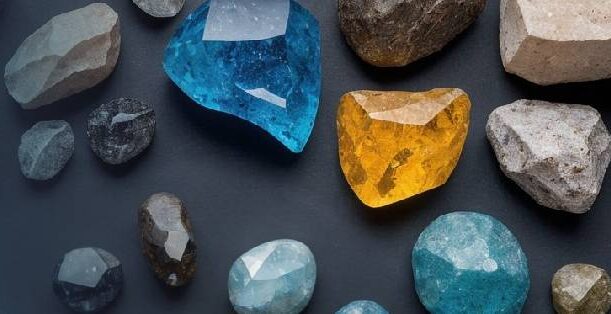
Color Comparison in Different Settings
A diamond’s color can also interact with the metal of the setting. For example:
- White Gold/Platinum: These metals enhance the color of colorless diamonds, making any tint more visible.
- Yellow/Rose Gold: These metals can complement diamonds with a warmer tint, making the color less perceptible.
Diamond Color Comparison Chart
| Color Grade | Description | Color Visibility | Relative Value |
|---|---|---|---|
| D | Colorless | None | Very High |
| E-F | Near Colorless | Very Slight, detectable by experts | High |
| G-H | Nearly Colorless | Slight, noticeable to some | Medium-High |
| I-J | Nearly Colorless | Slightly noticeable | Medium |
| K-M | Faint Color | Visible color | Low |
| N-Z | Noticeable Color | Noticeable color | Very Low |
Frequently Asked Questions about the Diamond Color Chart
Why is color important in a diamond?
Color affects both the appearance and value of a diamond. Less color generally means a more valuable diamond.
How can I know which diamond color is right for me?
It depends on your personal preferences, the type of jewelry, and your budget. Higher grades are ideal for those seeking the best, but lower grades can offer good value.
Does color affect the diamond’s durability?
No, color does not affect a diamond’s durability; it is mainly related to appearance and value.
Can I notice the color difference with the naked eye?
In lower grades (I-Z), you are more likely to notice a tint, especially in larger diamonds. In higher grades (D-F), the color is nearly imperceptible to the naked eye.
Conclusion on the Diamond Color Chart
The diamond color chart is an essential tool for understanding a diamond’s value and appearance. Whether you prefer a D-grade colorless diamond or one with a touch of warm color, understanding this scale will help you make an informed decision when buying a diamond. Ultimately, the right color for you is the one that most appeals to you and fits your needs and personal style.

